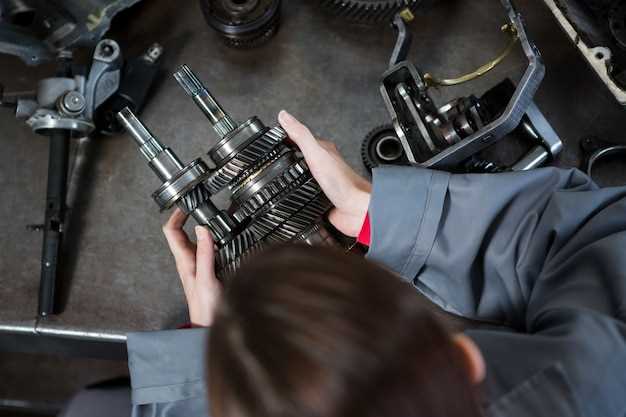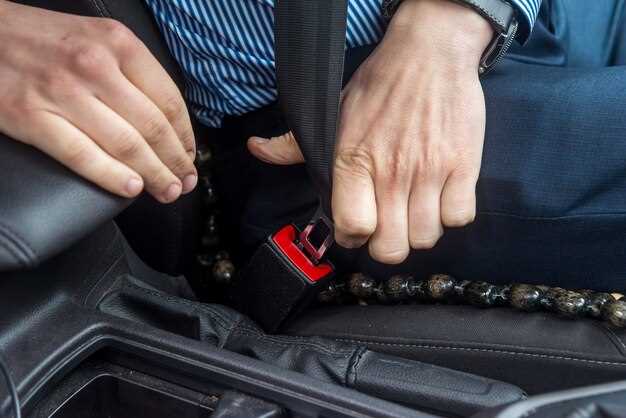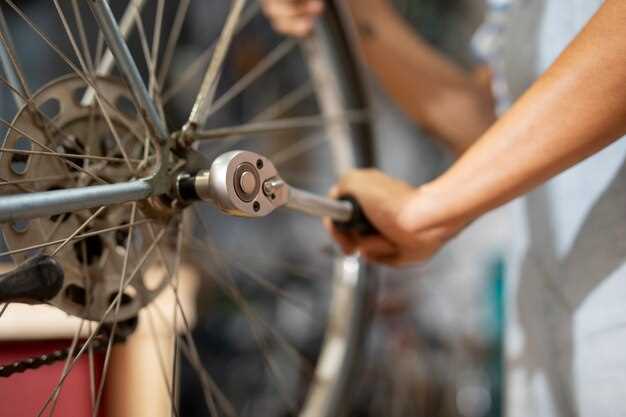

For any car enthusiast, understanding the setup of their vehicle is essential, especially when it comes to enhancing performance and handling. One mod that has gained popularity among drift enthusiasts is the installation of a hydraulic handbrake. This sophisticated piece of equipment offers greater control and precision when executing slides, making it an invaluable addition to any drift setup.
Installing a hydraulic handbrake not only improves your car’s ability to drift but also provides a level of confidence that a traditional handbrake might not. The hydraulic system delivers increased force and responsiveness, which can drastically change the dynamics of your driving experience. This guide will walk you through the steps necessary to integrate a hydraulic handbrake into your vehicle, turning it into a formidable drift machine.
Whether you are a seasoned drifter or just starting out, mastering the use of a hydraulic handbrake can significantly enhance your skills on the track. With clear instructions and essential tips, we aim to equip you with the knowledge needed to successfully install this vital component and elevate your drift game.
Selecting the Right Hydraulic Handbrake for Your Setup

Choosing the right hydraulic handbrake for your car setup is critical, especially if you plan to use it for drifting. A suitable handbrake enhances your ability to control the vehicle while performing slides and allows for precise adjustments during maneuvers. Consider the following factors when making your selection.
First, assess the intended use of your handbrake. If you’re primarily focused on drift applications, opt for a handbrake designed for high-performance and reliability under extreme conditions. Look for units that offer a larger cylinder size, which provides greater hydraulic pressure for more effective braking when needed.
Second, understand the compatibility with your existing brake system. Ensure that the hydraulic handbrake can be integrated seamlessly, working alongside your primary brake system. Many handbrakes come with hardware kits for compatibility with various makes and models, which simplifies installation.
Next, evaluate the design and build quality of the handbrake. A well-constructed unit made from durable materials will withstand the rigors of drifting. Lightweight aluminum or steel options are generally preferred due to their strength and resistance to wear.
Furthermore, consider the lever ratio and travel. A handbrake with an adjustable lever ratio can provide a customized feel to the user, allowing for improved responsiveness during drifts. Adequate travel is also necessary to ensure effective braking without requiring excessive force.
Finally, research user reviews and seek recommendations from fellow enthusiasts. Hearing from others who have installed similar setups can provide valuable insights into performance and durability, assisting you in making an informed choice. By taking these aspects into account, you can select a hydraulic handbrake that maximizes your drift performance and enhances your overall driving experience.
Step-by-Step Installation Process for Optimal Performance

Installing a hydraulic handbrake in your car requires careful attention to detail to ensure optimal performance. Begin by gathering all necessary tools and materials, including a hydraulic handbrake kit, brake fluid, wrenches, and a jack. It’s essential to work in a well-ventilated area for safety.
First, securely lift the vehicle using a jack and place it on jack stands to ensure stability. This step is crucial for accessing the rear brake components. Remove the rear wheels to gain access to the brake assembly. With the wheels off, locate and disconnect the existing brake lines connected to the rear calipers.
Next, install the hydraulic handbrake unit in a suitable location within the vehicle, typically near the center console for easy access. Ensure that the setup does not interfere with other controls. Secure the handbrake using the provided brackets and hardware, making sure it is firmly in place.
Connect the hydraulic lines from the handbrake to the rear brake calipers. Follow the manufacturer’s instructions for proper routing and securing of the lines to prevent any contact with moving parts. Once connected, check for any potential leaks by applying brake fluid to the lines.
After securing the hydraulic lines, refill the brake fluid reservoir with new fluid. Pump the handbrake lever several times to build pressure and engage the brake system. This process allows the hydraulic system to function correctly and eliminates any air that may have entered during installation.
Finally, recheck all connections and ensure that the handbrake operates smoothly. Reattach the rear wheels and lower the vehicle. Conduct a test drive to evaluate the setup and adjust the handbrake as necessary to achieve the desired level of braking performance.
By meticulously following these steps, you can successfully install a hydraulic handbrake that enhances your car’s braking abilities, providing more control during high-performance scenarios.
Tuning Your Handbrake for Drifting: Adjustments and Maintenance
When it comes to drifting, having a well-tuned handbrake setup is crucial for achieving optimal control and performance. The adjustments made to your handbrake can significantly impact your ability to initiate and maintain drifts. Here are key aspects to consider for tuning your handbrake.
First, ensure your brake cables are properly adjusted. A tight handbrake cable will allow for quicker engagement, which is essential when executing a drift. To do this, locate the adjustment mechanism, typically found under the car or within the interior. Tightening the cable will reduce the distance needed to pull the handbrake lever, improving responsiveness.
Next, consider the brake pads and rotors used in your setup. High-performance pads designed for drifting can provide better grip and higher heat resistance, which is beneficial during extended sessions. Ensure that both your rear brake pads and rotors are in good condition, as worn components can lead to decreased performance.
Additionally, it’s important to check the hydraulic fluid in your system. Regular maintenance of the hydraulic fluid ensures consistent pressure and performance when engaging the handbrake. Replace the fluid as necessary, particularly if it appears discolored or contaminated.
Finally, practice is essential for mastering your handbrake’s feel and timing. Understanding how your handbrake setup responds in various conditions will allow you to fine-tune your technique and improve your drifting skills. Make adjustments based on your experiences and remember that small changes can have a significant impact on performance.







